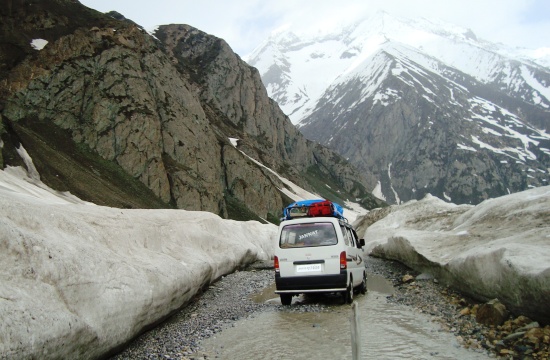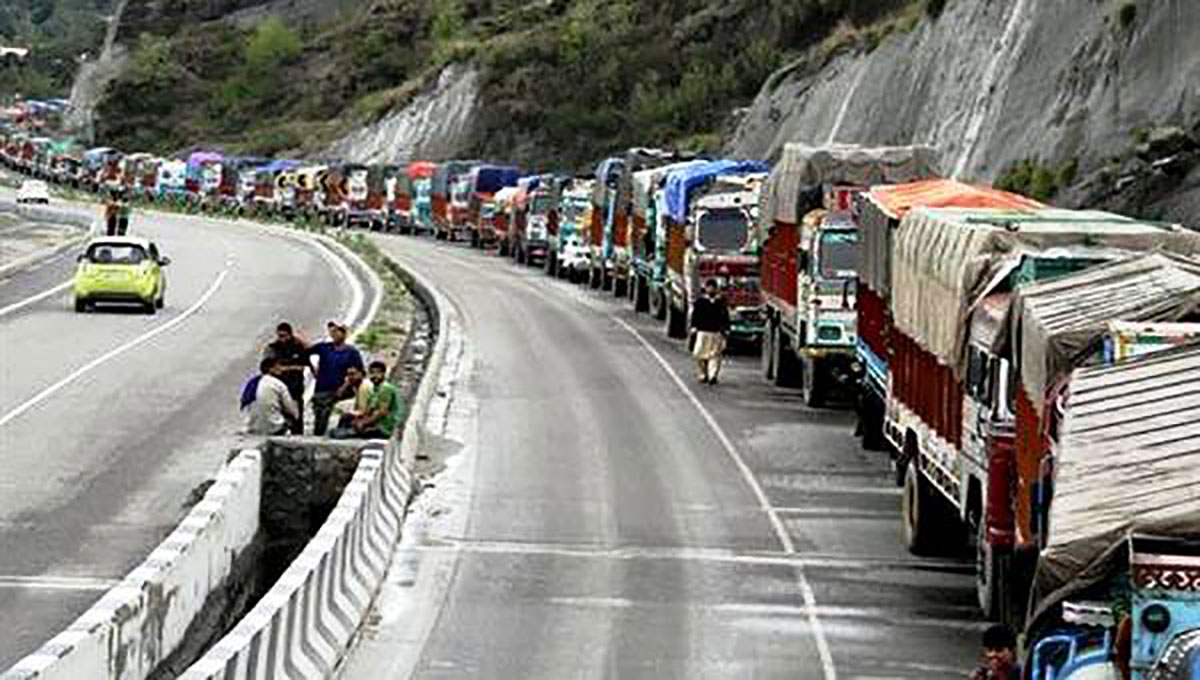
India selling Kashmir war zone to tourists
By: Izhar Wani
KARGIL: One year after a bitter border conflict that claimed 1,000 lives, the Himalayan Indian region of Kargil is managing to lure back some of the tourists who once flocked to the picturesque area.
The two-month 1999 conflict between Indian troops and Pakistan-backed forces appeared to have sounded the death knell for Kargil’s tourist industry, but now the authorities are actually using the region’s image as a war zone to attract visitors.
A week-long “Kargil festival” centering around the foothills of the Tiger Hills and the Tololing Heights – sites of two key battles in the conflict – has just ended after proving something of a hit with Indian tourists.
“I hope the Indians will come in large numbers to see the places from where our brave soldiers evicted the Pakistani intruders,” said Kashmir chief minister Farooq Abdullah.
Abdullah inaugurated the festival in the town of Goshan in Drass, the Kargil sector that witnessed some of the fiercest fighting.
“I will make the Kargil festival an annual event to bring in lots of tourists,” Abdullah said.
For Kargil residents, any attempt to bring back tourists, especially foreign trekkers, is more than welcome. “Thanks to Allah the fighting is over,” said guide Gaisudin Ahmed, who has shepherded two overseas groups around the Himalayan foothills since the beginning of the month. “It is nice to be back at work,” he said.
Kargil, situated some 200 kilometers north of the Kashmiri summer capital Srinagar, used to receive hundreds of foreign tourists every year. But the Muslim separatist drive in Kashmir – launched in 1989 – hit the tourist trade hard.
Although Kargil was relatively untouched by the insurgency, the tourists stayed away rather than risk the journey through other militant-infested areas.
Last year’s conflict saw even the most adventurous tourists cross Kargil off their maps, but now the hardier travelers are trickling back. “My hotel has so far received some 30 foreigners this month,” said Saqlain Mushtaq, manager of Kargil town’s Caravan Hotel. “We have more group bookings by foreigners in the next couple of months as well,” he added.
Michael Glowacki, a tourist from New Zealand, said it was hard to believe Kargil had been a virtual war zone just one year ago. “Everything seems normal here,” Glowacki said. “It’s such a beautiful place and really ought to be a tourist haven.”
Those who do visit the region, often do so against the advice of their governments, who still post danger notices on travel in Kashmir. “If you are sensible, you shouldn’t have any problems,” said Christina, a traveler from the United States. “The people are very friendly, and I have had no problems so far.”
Israeli tourist Ira Mewes was in Kargil as part of a 20-person Himalayan motorcycle tour. “There are no reasons why people should not visit Kargil,” Mewes insisted. “We got a little scared when we saw a lot of army troops… but there was no problem at all.”
The memory of last year’s conflict is the main draw for many Indian tourists. “Kargil got a lot of coverage last year and now everyone in India is aware of its historical importance,” said Ghulam Hassan, Kargil’s main tourist officer. “Who doesn’t want to visit the Tiger hills and other battle scenes?”
As an added incentive, the recent Kargil festival included performances by some famous classical dancers and folk artists. The road to Kargil, which clings precariously to the steep sides of the river valley, is not for the faint-hearted, but folk writer Tripti Pandey said Indians would not be put off.
“They will still come because they are aware that the same road was used by the troops to defend their country,” she said.















